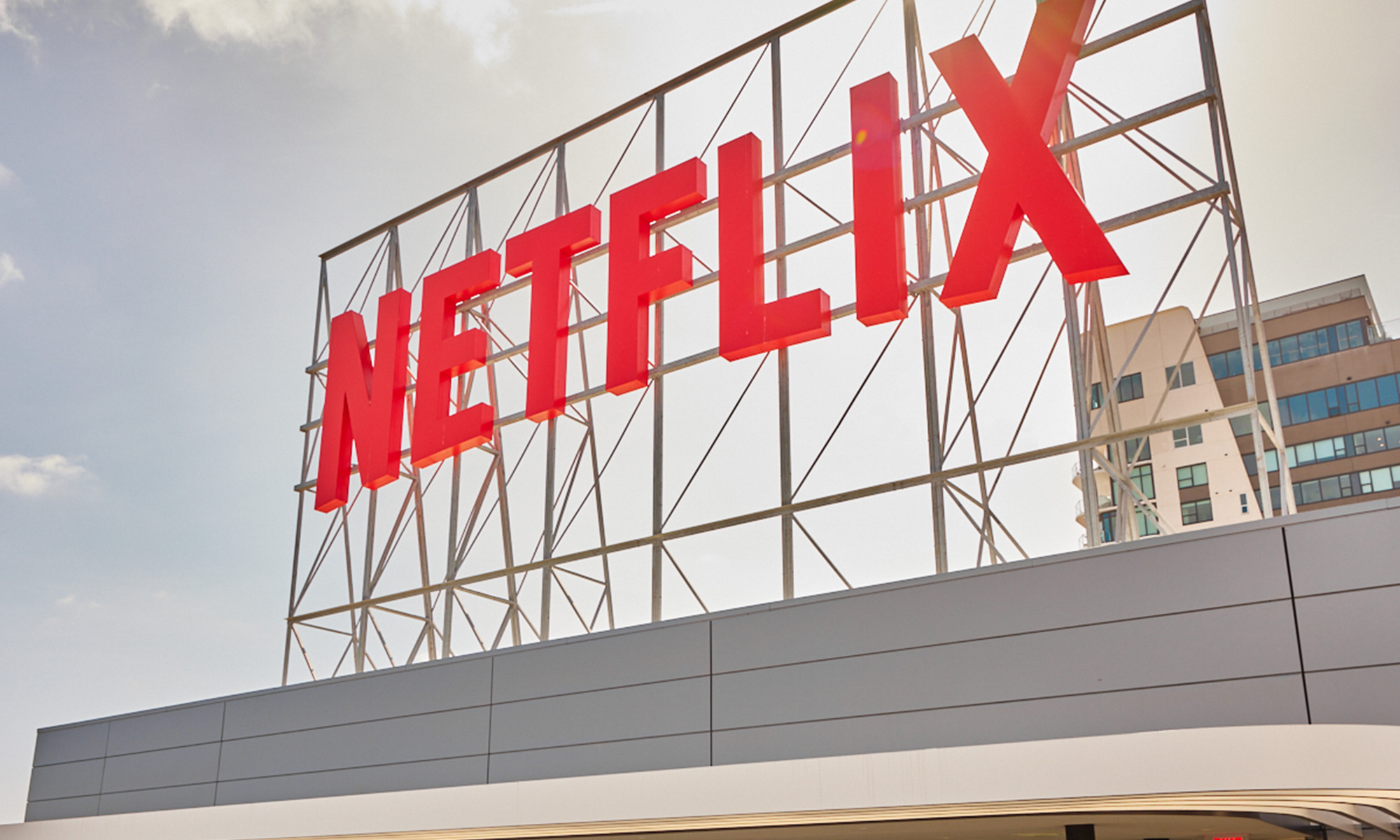
Photo: Netflix.
So far, shares of Netflix (NFLX +0.25%) have gained 139% in 2015. The stock is almost certain to more than double its investor value at the end of the year.
If Netflix has what it takes to deliver an encore, 2016 just might be the video wrangler's best year yet. Is that a realistic goal? Let's find out.
By the numbers
In some ways, Netflix will most certainly not have the best year ever in 2016. The company has simply grown too large to enjoy the kind of hyper-growth it saw in earlier years.
For example, Netflix shares raced 148% higher in 2013 too, but that looked downright weak next to the 244% gain in 2010. Looking even further back, 2003 was a real banner year for Netflix as share prices skyrocketed 456% higher.
Of course, some of those huge gains were quickly followed by equally massive drops. In 2005, Blockbuster launched its Total Access assault, and investors feared for Netflix's very life. That year, share prices fell a hair-raising 84%.
And at the end of 2010, Netflix was on top of the world with its relatively newfangled streaming video service. But by the end of the year, CEO Reed Hastings had presented (and then quickly canceled) a total separation between DVD and streaming services known as Qwikster.
Need I say more?
The total share price damage in 2011 was another terrifying 44% plunge.
2014 was a relatively quiet comedown from 2013's big jump. But an 8% gain still counts as a disappointing return for a stock that fairly regularly belts out a solid double.
If you're into pattern analysis, you might expect Netflix shares to take a breather in 2016. After all, that's exactly what the stock has done following each of its earlier huge annual gains.
Either way, there's no way the stock could post another 450% gain in 2016. That just doesn't happen to companies with $50 billion market caps. Way back when, Netflix scored that original 458% jump from a starting market cap of just $830 million.
From a cap-based point of view, by the way, 2015 is setting an all-time high water mark here. The market cap has grown by $23.3 billion this year. Previously, the biggest cap increase came in 2013 with a $15.1 gain. 2004 was massive in percentage terms, but only a $3.9 billion addition in terms of total market value. Netflix grew by nearly twice that amount in November, 2015.

Content chief Ted Sarandos is of crucial imprtance to Netflix's future. Photo: Netflix.
The real world
Okay, that's enough of the numerical fun. The real-world business performance will make a much bigger difference than the odd percentage point of temporary gains.
From that point of view, Netflix is entering an extremely important year.
For one, management has promised to cover the entire globe in streaming services by the end of 2016. That would entail something like 200 nations, up from roughly 60 markets today.
That's an ambitious goal, especially in politically difficult areas like North Korea, South Sudan, and Syria. Coloring in those last spots on the world map could take years for purely political reasons entirely out of Netflix's control -- or never happen at all.
Chalking a few lost causes up to geopolitical drama, some of the more stable nations may still prove difficult for Netflix. The less volatile parts of Africa and Asia don't always come with solid networking infrastructures, nor with the disposable income to spend a few dollars a month on frivolous video entertainment services.
However, the economic challenges are probably less dire than you think. According to Hans Rosling's Gapminder project, people in general (and Americans in particular) tend to underestimate the progress made by developing nations. Hastings and his team have probably done their homework on global economy issues, and obviously concluded that the time is ripe to start building a worldwide service.
This is costing Netflix a lot of money, and the early incarnations of streaming services in Kenya and Indonesia might not be up to par. So we're talking about an expensive expansion with unclear short-term returns. Investors may not appreciate the continuing string of weak earnings as the global roll-out finishes.
Then again, management is likely to start talking about the expected 2017 profits before 2016 is over. We don't know much about that phase yet, except that bottom-line earnings are expected to be "substantial" in 2017 if the next year works out as planned.
Here's hoping.

House of Cards was Netflix's first big, award-winning content play. Photo: Netflix.
It's all about the content
The other expensive project on Netflix's table is original content creation.
So far, the company has come up with 11 original drama series, 7 comedies, 23 stand-up comedy specials, 15 documentaries, and 2 theatrical movies. Next year, chief content officer Ted Sarandos wants to double that number. It's getting hard to keep up with this flood of incoming content.
And it's not cheap, low-quality stuff either. Netflix shows were nominated for 19 Emmy awards in 2015, winning two. In the upcoming Golden Globes gala, Netflix snagged eight nominations in the TV category -- ahead of arch nemesis HBO, owned by Time Warner (TWX +0.00%), and Starz (STRZA +0.00%), both stopping at seven.
The digital upstart is making a real name for itself with these major award nominations and wins. Time Warner must be particularly irked, given HBO's traditional dominance of these award shows and CEO Jeffrey Bewkes' history of dismissing Netflix as a threat.
Starz used to hold a special place in Netflix's streaming content catalog, but that contract was dismissed in early 2012. For a hint of exactly how badly (or not) Netflix missed the Starz catalog in 2012, the stock closed that year 37% higher, followed by the 148% bonanza in 2014.
So things have changed, and will continue moving in that direction. You can start thinking of Netflix as a TV and movie studio now, with a side order of uniquely global content distribution. I wouldn't be surprised to see the company building its own Hollywood soundstage next year, relying less on third-party content producers and creating its own legit production brand.
On that note, 2016 also sees the start of a long-awaited partnership with Walt Disney (DIS +0.80%).
This is where Netflix gets to play the role of a traditional premium cable channel, with the rights to stream Disney's latest and greatest movies in the first of many such windows. These rights belong to Starz until the end of 2015, and then Netflix takes over.
Disney brings in popular fare such as its Marvel superhero movies, Lucasfilm's Star Wars films and spin-offs, and the animated Pixar juggernaut. Sarandos would prefer real exclusivity and not having to wait for several months after the theatrical debut of these titles, but those are the breaks for now. The Disney deal is not global but strictly U.S.-based, restricting its value even further.
Despite all these limitations, this is a really big deal. No online streaming service has ever played this role for a major movie studio before, and I can't wait to see how it all plays out. But investors should pay a bit less attention to the Disney wrinkle and more to the international expansion process.
Final verdict
So there are no guarantees that Netflix absolutely will explode into another 100% gain in 2016. But the company is doing many important things next year, building a launch platform for even greater gains over the next few years.
I have no intention of selling my Netflix shares in 2016. If it dips again, I might just add more to what's already my largest real-world holding. I'm that confident in the long-term value that's being created here.







